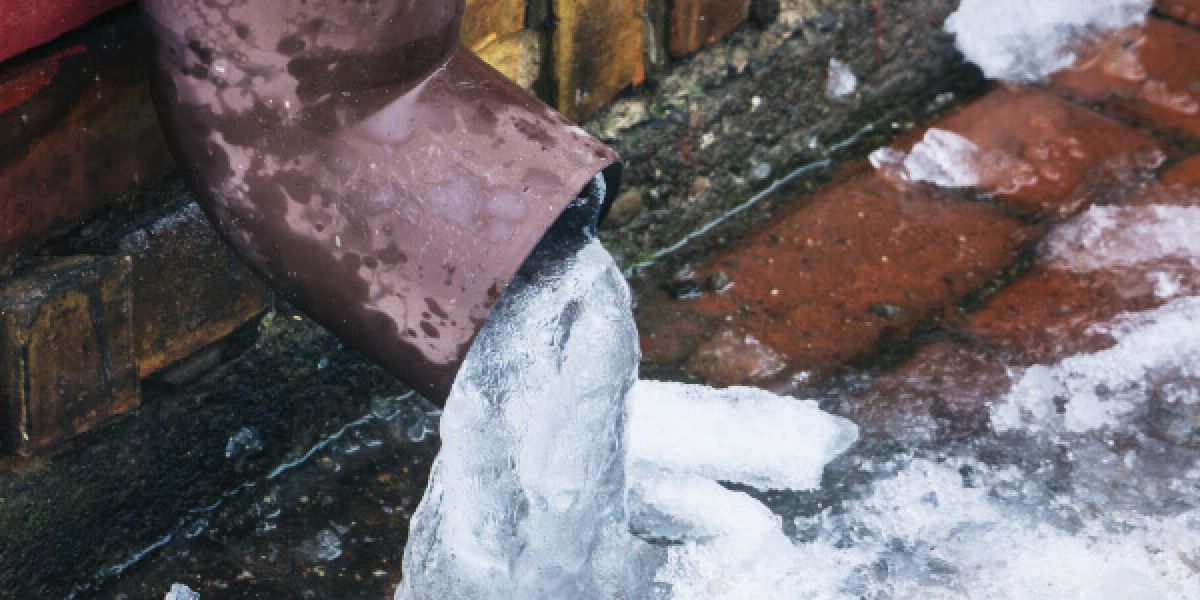Safeguarding Your Pipes from Cold Weather Issues: Critical Strategies
Safeguarding Your Pipes from Cold Weather Issues: Critical Strategies
Blog Article
Almost everyone seems to have their own opinion involving Winter Plumbing Precautions: Preventing Frozen Pipes.

Winter can wreak havoc on your pipes, especially by freezing pipes. Right here's how to stop it from occurring and what to do if it does.
Intro
As temperature levels decrease, the threat of frozen pipelines increases, possibly leading to expensive repairs and water damage. Recognizing how to avoid icy pipelines is crucial for house owners in cool climates.
Prevention Tips
Shielding vulnerable pipes
Wrap pipelines in insulation sleeves or make use of warmth tape to protect them from freezing temperatures. Focus on pipelines in unheated or exterior locations of the home.
Heating techniques
Keep interior spaces properly heated up, specifically locations with plumbing. Open up cupboard doors to enable warm air to flow around pipelines under sinks.
How to determine frozen pipes
Search for decreased water flow from faucets, uncommon smells or sounds from pipes, and noticeable frost on revealed pipes.
Long-Term Solutions
Structural adjustments
Consider rerouting pipelines far from exterior wall surfaces or unheated locations. Add extra insulation to attic rooms, cellars, and crawl spaces.
Upgrading insulation
Buy high-grade insulation for pipelines, attics, and wall surfaces. Proper insulation aids preserve regular temperature levels and minimizes the risk of frozen pipelines.
Safeguarding Exterior Plumbing
Yard hoses and outside taps
Disconnect and drain pipes garden pipes prior to winter season. Set up frost-proof faucets or cover outdoor faucets with protected caps.
Recognizing Frozen Pipes
What triggers pipelines to ice up?
Pipelines ice up when exposed to temperatures below 32 ° F (0 ° C) for prolonged durations. As water inside the pipelines ices up, it increases, putting pressure on the pipe wall surfaces and possibly triggering them to rupture.
Dangers and problems
Icy pipelines can cause water disturbances, residential property damages, and costly repair work. Ruptured pipes can flood homes and create considerable architectural damage.
Signs of Frozen Water Lines
Recognizing frozen pipes early can prevent them from bursting.
What to Do If Your Pipelines Freeze
Immediate actions to take
If you believe icy pipes, keep taps open to relieve stress as the ice thaws. Use a hairdryer or towels soaked in warm water to thaw pipes slowly.
Final thought
Preventing frozen pipes needs aggressive steps and quick actions. By recognizing the reasons, signs, and preventive measures, property owners can secure their pipes throughout winter.
5 Ways to Prevent Frozen Pipes
Drain Outdoor Faucets and Disconnect Hoses
First, close the shut-off valve that controls the flow of water in the pipe to your outdoor faucet. Then, head outside to disconnect and drain your hose and open the outdoor faucet to allow the water to completely drain out of the line. Turn off the faucet when done. Finally, head back to the shut-off valve and drain the remaining water inside the pipe into a bucket or container. Additionally, if you have a home irrigation system, you should consider hiring an expert to clear the system of water each year.
Insulate Pipes
One of the best and most cost-effective methods for preventing frozen water pipes is to wrap your pipes with insulation. This is especially important for areas in your home that aren’t exposed to heat, such as an attic. We suggest using foam sleeves, which can typically be found at your local hardware store.
Keep Heat Running at 65
Your pipes are located inside your walls, and the temperature there is much colder than the rest of the house. To prevent your pipes from freezing, The Insurance Information Institute suggests that you keep your home heated to at least 65 degrees, even when traveling. You may want to invest in smart devices that can keep an eye on the temperature in your home while you’re away.
Leave Water Dripping
Moving water — even a small trickle — can prevent ice from forming inside your pipes. When freezing temps are imminent, start a drip of water from all faucets that serve exposed pipes. Leaving a few faucets running will also help relieve pressure inside the pipes and help prevent a rupture if the water inside freezes.
Open Cupboard Doors
Warm your kitchen and bathroom pipes by opening cupboards and vanities. You should also leave your interior doors ajar to help warm air circulate evenly throughout your home.

I am very eager about Helpful Tips to Prevent Frozen Pipes this Winter and I really hope you enjoyed the article. If you enjoyed reading our page kindly do not forget to share it. Thank you for your time invested reading it.
Booking Report this page